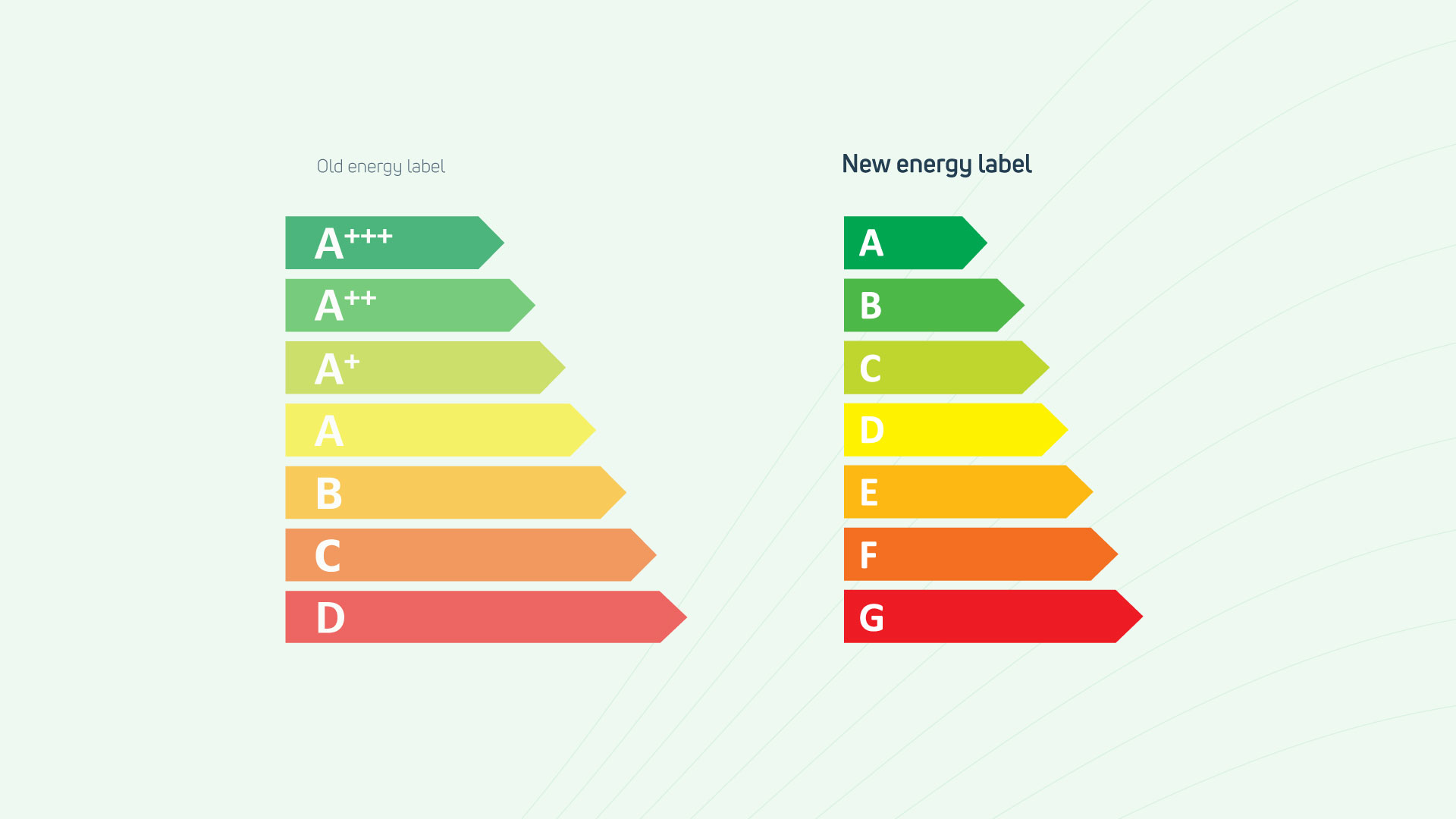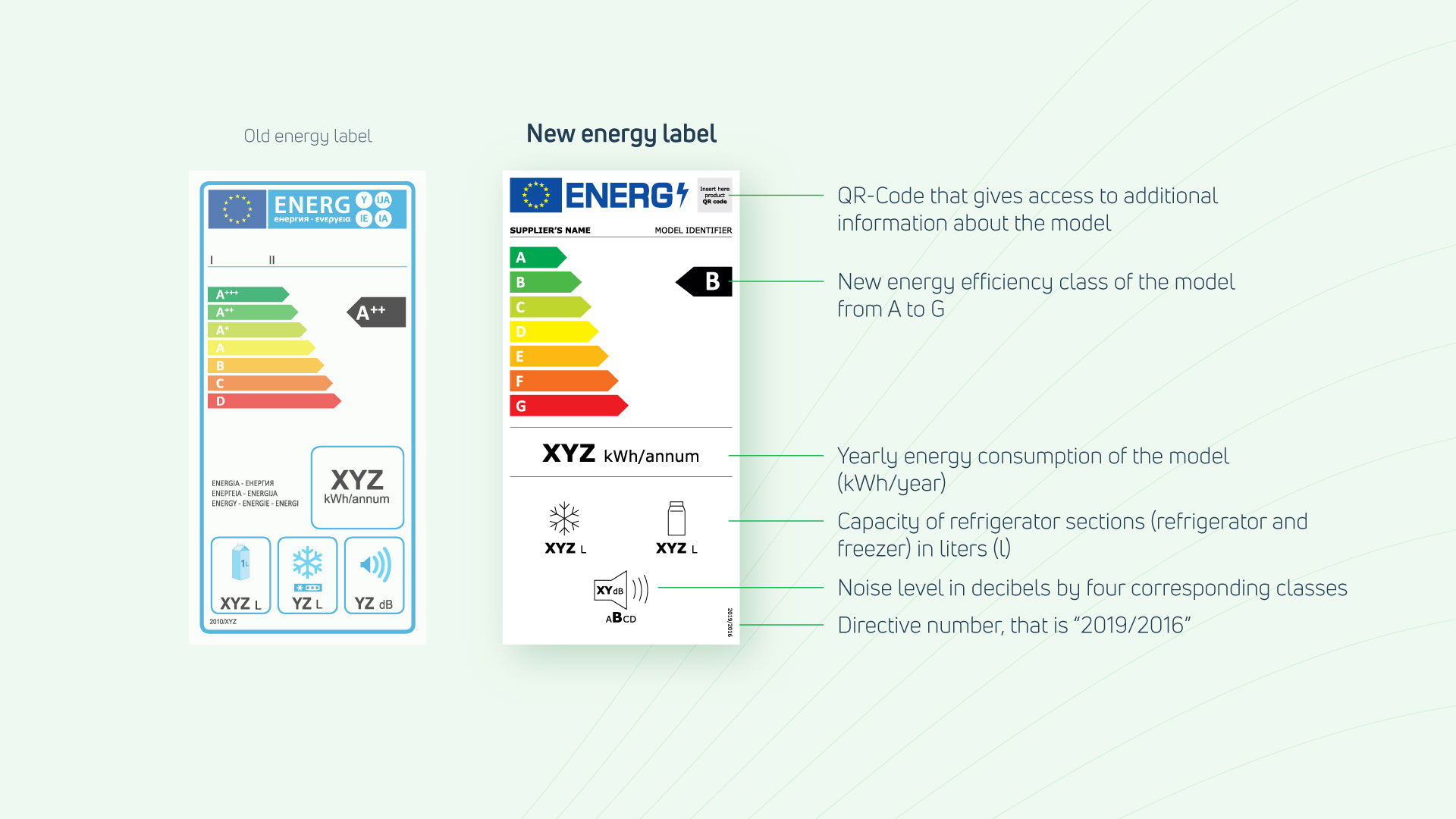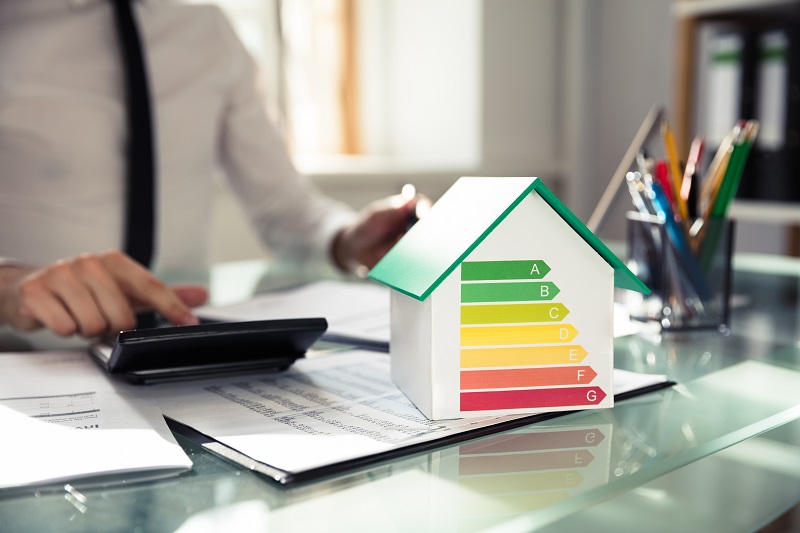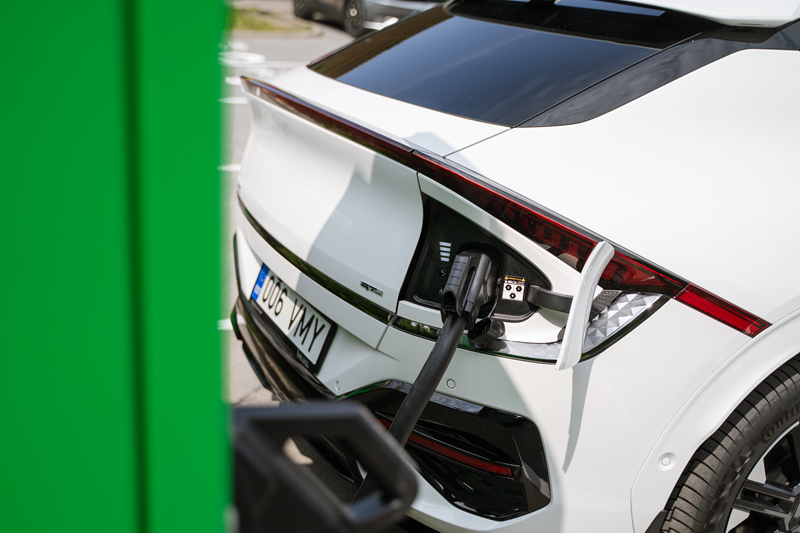Doing laundry, cooking and storing food are everyday activities that have a big impact on the electricity bills we receive at the end of each month. When looking for ways to reduce expenses, it would be worthwhile to check your household appliances and their energy consumption. This is where energy labels come into play.
Energy labels provide consumers with necessary information about the energy efficiency of devices and enable them to be compared with the energy consumption of other equivalent household appliances. This allows consumers to make more informed decisions when purchasing new appliances and thus reduce the monthly energy consumption of their houses.
There are seven energy efficiency classes: from A to G, each characterized by its own colour. As a rule, the darker the green (for example energy rating A or B), the less electricity the device consumes.
What has changed compared to before?
From 2021, updated energy efficiency labels have been in use for three categories: washing machines, refrigerators and dishwashers. The biggest difference is the elimination of ratings containing plus signs. The purpose of the change was to make the energy efficiency classes clearer and to allow higher grades to be assigned to even more energy-efficient appliances in the future.
This means that a device that used to have an A++ energy rating according to the previous scale can now have a C rating. The energy consumption of the device, on the other hand, has remained the same.

What else is written on energy labels?
In addition to the energy rating, labels show the energy consumption of a specific device or model, information about its capacity and noise level. The noise level has 4 categories – A, B, C and D, where category A means less than 30 dB and D means more than 42 dB of noise.
As an additional improvement, all energy labels have a QR code that is connected to the EPREL database of European Union products. Scanning the code opens the product leaflet and consumers can read additional information about the energy label.

How energy efficient are your household appliances? Go and find out! To keep up to date with what is going on in the world of energy, keep an eye on our Energy Wisdom blog.



